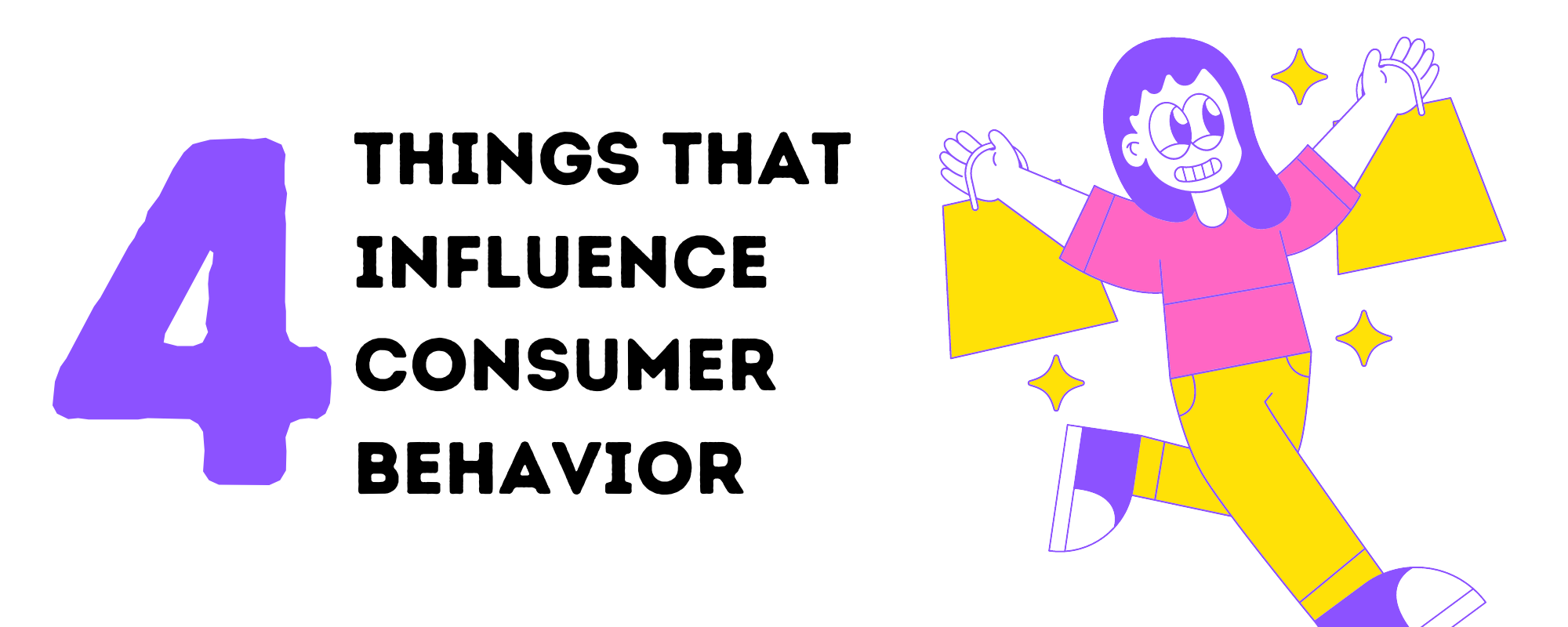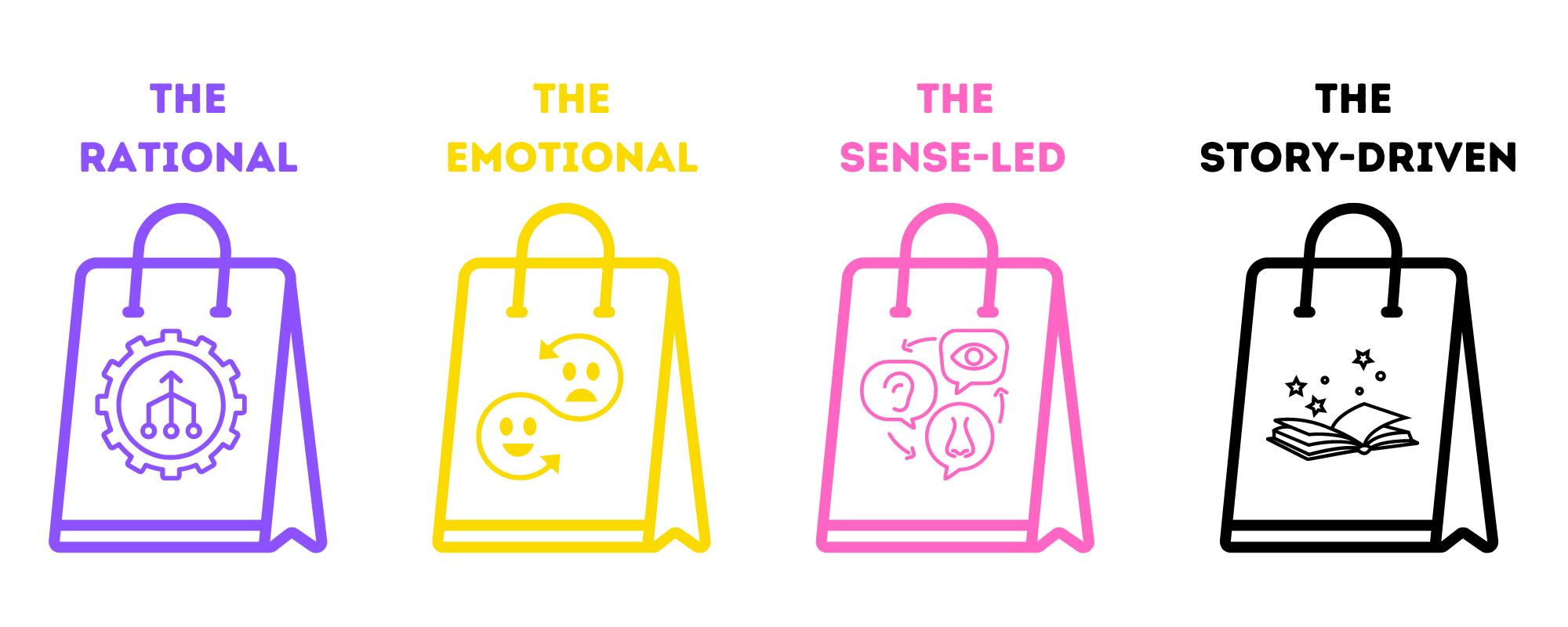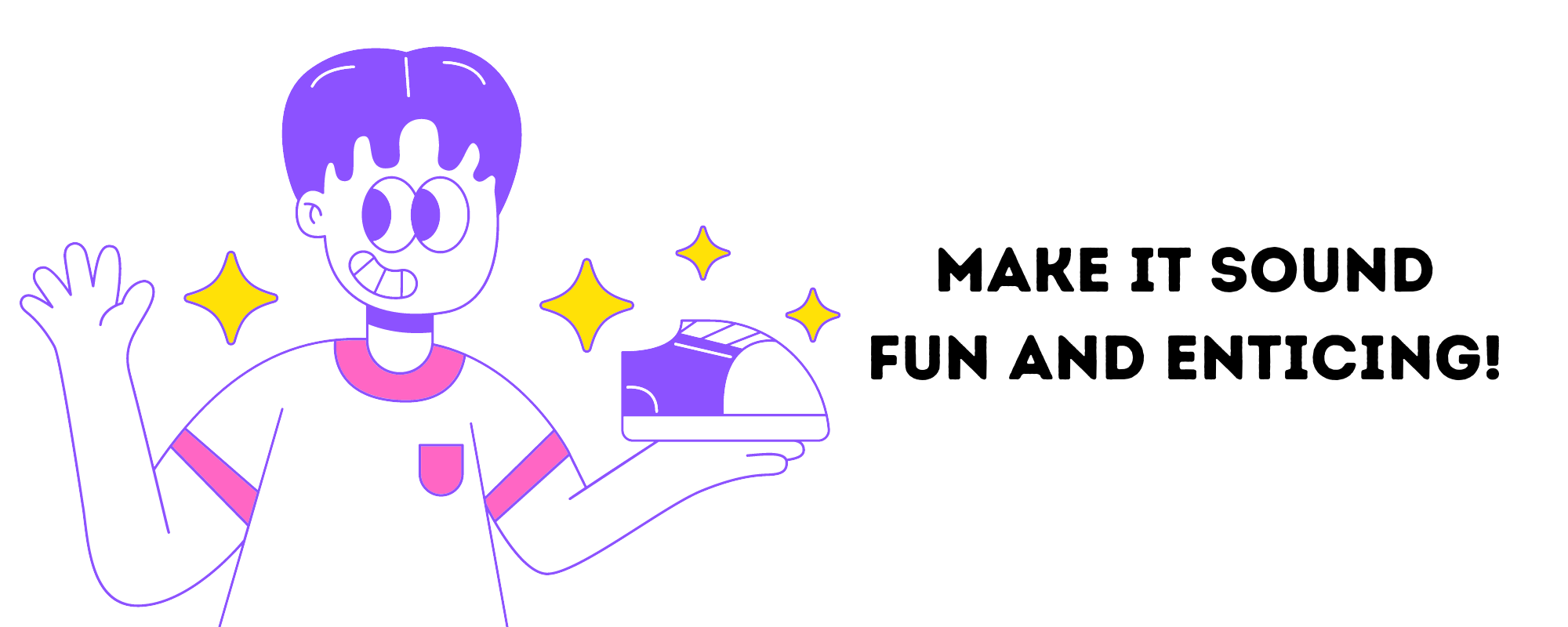
Driving Ecommerce Sales With Vivid Product Descriptions
CATEGORIES
Tags
24/7 analytics australia automation Business Process Outsourcing company Copywriting CRM customer support data data and analytics Delegate digital digital advertising digital marketing Digital Support Staff ecommerce Email Management Email Marketing Entrepreneur Freelance Writers google ads graphic design Hiring Freelancers Marketing offshore offshoring ominchannel support organizer outsource Outsourcing Philippines Project management reporting seo seo audit Shopify Small Business social media Social media experts social media management United States video Virtual Assistant Virtual Team
As much as we’d like to think that consumers are rational with their purchases, not all of them are. Some people buy with other motivations. And most consumers are story driven instead of being data driven. Stories are 22x more memorable than facts. Stories connect with people, and this is why most content are in story or people-centered form, whether they’re text or videos.
This brings us to the four things that can influence the actions of consumers are logic, emotions, senses, and stories.
The best way to appeal to all four aspects is through branding, especially, using vivid product descriptions. Let’s dive deeper.
The categories of buying behavior
We mentioned four aspects that influence customer actions. We can apply them to customers to classify their type of buying behavior:
1. Rational customers. They already have a specific product in mind, they just need logical reasons to buy it.
- They usually have something that keeps them from buying like budget constraints, approval from a partner, another product option, etc.
- These customers are influenced by product reviews and social proof.
2. Emotion-led customers. They follow their emotions when purchasing.
- Their mood dictates their buying decisions, or they’re dictated by the emotional influence the purchase will have. This also encompasses impulse purchases.
3. Sense-led customers. They base their purchase on sensory information. Like emotion-led customers, these buyers are also influenced by packaging and bandwagon mentality.
- “I know brand x is cheaper, but I want brand y because it’s spicier”
- “This product is objectively better, but I don’t like the color.”
4. Story-driven customers. They base their purchases on their values or a story well-told.
- These customers actually combine all the above. Stories appeal to their reasoning, emotions, and senses.
- They tend to be the most loyal, because you are appealing to their identity.
- “I will support this brand because they support x”
Customers can fluctuate among the above buying behaviors. Specific products have specific buying behavior. And humans have complex behaviors.
Sure we can have predictable patterns but it doesn’t perfectly predict what all our decisions would be in the future. That is what makes us human; the capacity and propensity to learn and change.
Customers can be rational customers when on a tight budget. They can be amused by a funny brand, pass by a cafe and buy something because it smells so good, and support the brand who uses local produce, all at the same time.
Good vs Great Product Descriptions
Product descriptions are seen by both brands and customers as something mundane. But it’s only going to be mundane if you don’t put the attention and effort it deserves.
Our copywriting team does a lot of product descriptions. It’s up to us to capture attention and address people’s pain points and touch their rational, sensory, emotional buttons.
This is when product descriptions become vivid.
Good product descriptions provide product information that a customer wants to know. Great product descriptions entice customers to buy.
Here’s an example:

Fried chicken A: Fried nice and twice, marinated in traditional cajun spice.
VS
Fried chicken B: Experience our chicken’s satisfying crunch. . Crisp outside, juicy and tender inside: marinated in buttermilk and our expert seasoning for hours, and then coated in our signature cajun spices that provide the perfect blend of flavor and heat, , making you bite for more.
The first one has a nice rhyming scheme. But the second one, doesn’t just describe the product. It gets help from the customer’s own imagination, senses, cognition, and emotions.
That’s what a vivid product description does. It does not work by itself to convince the reader, it works in conjunction with the customer’s buying behavior, whether they are rational, emotion-led, sense-led, or story driven.
Cater to buying behavior using vivid product descriptions
But you may ask, “Hey, my product is just a plain old insulated water bottle. How can I get reactions from that?”
That’s a good question. And that’s why branding is so important. You are not selling just an insulated water bottle, you’re selling your insulated water bottle.
Here are some guides for vivid product descriptions according to the 4 types of buyer behavior:
1. Rational. Answer the potential questions that your customer might have. You can start with the question, “Why should I buy your product?”.
- Our insulated water bottle has the capability to keep your liquids cool for up to 24 hours and hot for 12 hours. And it’s priced cheaper than the competition. You don’t need bespoke alloys to keep your liquid’s temps.
2. Emotion-led. The most common thing you can do is introduce humor to your product descriptions, especially if your branding has humor built into it. If not, you can tie it into a story-driven description and appeal to your customer’s heartstrings.
- Sip your favorite comforting smoothie, still cold at 4pm the way you made it at 8am. Or get a hot and bracing sip of tea at 2pm without having to get up and make a fresh cup.
3. Sense-led. Content here doesn’t always need to be descriptive. Choose powerful verbs rather than adjectives to accompany gorgeous photos.
- For an Airbnb or tourism listing: “Take a ramble in the English woods surrounding the village.”
- For a product: “Bring our tumbler everywhere with you without worry about the weight.”
4. Story-driven. Use your brand’s mission or values to explain why your product is worth supporting. Or you can also just detail the process of how the product is made/sourced, the stories behind the product, or any type of narrative. People love a good story.
- Made with eco-friendly recycling processes, our tumbler is designed to show love for the world we live in. Choose your colors from the emerald green of lakes, the blue of the sky, the pink of a gorgeous sunset, and the white fluffiness of clouds on the horizon.
Combine buying behavior with your customer persona to craft descriptions.
Targets are narrow for a reason. If you cast a big net and try to target more, you’ll end up with less.
Don’t forget SEO
The internet has grown over the years but content is still king. And after all these years, SEO hasn’t fundamentally changed. It mainly still uses words as one of the basis for rankings.
It’s important to incorporate a good SEO strategy when writing content for your business. Your vivid product descriptions will be rendered useless if it doesn’t get picked up and suggested by search engines, even if you manage to cater to your customer’s buyer behavior.
This is where an SEO specialist can help you with analysis and strategy. And most writers for content marketing are also a dab hand at incorporating SEO in their drafts.
Best Practices to Writing Vivid Product Descriptions
Consistency with Branding
Your brand voice and personality should be there in your product descriptions.
If you don’t have a brand voice yet, look into your values, your brand’s home-grown details. These would inspire your brand style and tone. Then establish it and keep it consistent throughout your website and social media, including product descriptions.
Imply Your Knowledge of Your Customers
Make your customers feel like you know them. It’s like saying “Hey, I know you. I know you like this. I know you’ll ask this.”
Brands and businesses are a relationship game. And relationships are started by establishing that you know each other.
If you can make your customer feel seen and recognized, it will be easier for them to make a purchase and choose you over your competitors.
It’s like “Hey, I know these guys. And this brand knows me. I’ll definitely give them a try/I’ll always buy from them.”
Describe How it Would Help the Life of the Buyer
Whether you like it or not, you will be part of a customer’s life. Even if you say that, “Oh, my product is just x. I won’t have an impact on my consumer’s life.” But you really do.
This is the powerful detail that can amplify your product descriptions. Mention the convenience your product would bring to your customer’s days, the unforgettable experience they’ll get, or the impact your service would make for the better. It’s simple but powerful.
Highlight Benefits Instead of Features
Benefits and features are kinda similar. But benefits are more relatable to customers than features.
Features are what your product can do, while benefits are what it can do for your customer.
Instead of this: “Our shoes are made with special rubber soles to improve control, tactility, and bounciness.”
Say this: “You get perfect control as you move, stop, or speed up. Feel that cushion and bounce that will propel every step and every jump.
You have to connect the dots. So what if your product has this or that? What’s in it for your customer?
Make it Pristine But Still Human
Showing that you care about simple things such as product descriptions, your customers will trust you more.
Make your product descriptions as clean as possible, avoiding any grammatical errors, wrong spellings, rogue punctuations, etc.
When you are meticulous about those little details, it shows professionalism and you mean business. And when you mean business, that’s when business happens.
And today, when quality is part of the criteria, AI with its promising ability to give consistent quality, will definitely be brought up.
Yes, you can use AI, but only as a basis. Don’t rip product descriptions straight from AI prompts. It will negate the preparations you made for SEO. Google doesn’t ban AI-generated content. But you need high-quality content as always, and in its current iterations, AI is still robotic and templated, lacking the human touch from real human copywriters.
And aside from that, even the least discerning customer will somehow feel if you pull your content straight from AI.
If you need AI for quality control, use tools like Grammarly to help you. Or simply outsource to writers who will definitely have quality audits before submissions and publishing.
Top it Off With a Call to Action
We want the sale ultimately. But it’s also beneficial if they take other types of action that can give us insights on their preferences, like signing up for a newsletter or downloading certain guides.
In product descriptions, the action is always the purchase. And it’s not always a ‘Buy now’ button.
‘Add to cart’ is powerful. ‘See the contents of this set’ or ‘Materials and how to use’ can help them make informed decisions. Help your customers along toward checkout.
Add real value through your product descriptions
There are two ways that you’re adding value. First, by adding proper and vivid descriptions you instantly add value to your products.
Second, creating well-thought out product descriptions gives value to your customers. Whether it’s witty or humorous, great product descriptions are helpful to your customers toward making a decision.
Product descriptions aren’t mundane or something only bored customers read. You are contributing to your business and website’s reputation and you are helping customers, if you do it right.
Need product descriptions? Contact USource to see how we can help you boost your sales through vivid product descriptions and other copywriting services.






